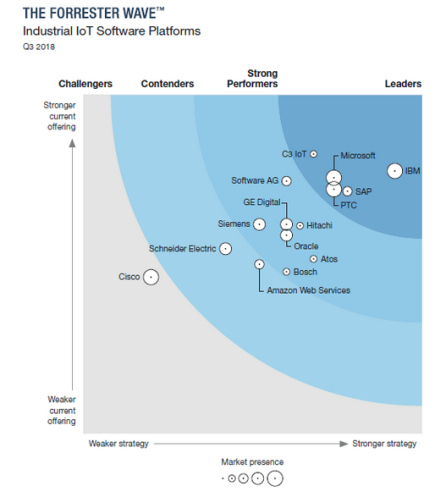 I have been thinking more about “Collective Intelligence” recently, so as to build more thriving and enabling ecosystems. I would argue we do need to change the way we work, engage and participate in sharing what we know with others and then find the connecting mechanisms, to build from this collective engagement.
I have been thinking more about “Collective Intelligence” recently, so as to build more thriving and enabling ecosystems. I would argue we do need to change the way we work, engage and participate in sharing what we know with others and then find the connecting mechanisms, to build from this collective engagement.
The future of work needs to be managed so differently than today’s designs. Although AI takes today’s headlines it is the collective use of human intelligence that will radically alter the way we eventually work.
Let me give you a little background first on what is triggering this.
For the past year, I have been privileged to be part of an external influencer community, centered on Siemens. Presently we have sixteen external influencers coming together about every three months with a range of Siemens people, internal experts in Cyber Security, Smart cities, digital transformation, communications, Artificial Intelligence and increasingly becoming engaged in conversations with Senior Management and Board members.
We are only scratching the surface of a very big organization but do have very exciting possibilities, if we continue to connect and are seen as valuable and worthwhile in exploring different ways of working and communicating. We do have the real potential to influence if this group becomes more embedded in aspects that can shape thinking.

 So Hannover Messe 19 (#HM19) is behind us. The pavilions are being pulled down, some stored away for use next year.
So Hannover Messe 19 (#HM19) is behind us. The pavilions are being pulled down, some stored away for use next year. We are caught in a moment of time. All the hype, push, the argument for making the “digital transformation” is so badly stalled in many of our Corporations. We are running a marathon, mostly it seems fueled by “spent” energy and a growing sense of lowering our belief and confidence that we can finish this.
We are caught in a moment of time. All the hype, push, the argument for making the “digital transformation” is so badly stalled in many of our Corporations. We are running a marathon, mostly it seems fueled by “spent” energy and a growing sense of lowering our belief and confidence that we can finish this. We have ABB forming a JV with Dassault Systems. We have Rockwell firstly linking up with PTC and now a Rockwell and Schlumberger tie up. They will significantly make a difference in the complexity of those offering Industrial IoT platform solutions.
We have ABB forming a JV with Dassault Systems. We have Rockwell firstly linking up with PTC and now a Rockwell and Schlumberger tie up. They will significantly make a difference in the complexity of those offering Industrial IoT platform solutions.
 In June 2018 we saw that Rockwell Automation (ROK) made a $1 Billion investment into PTC that will give Rockwell just under a 9% ownership interest in PTC. I decided to wait to look at this. Now here is the time for a review eight months later.
In June 2018 we saw that Rockwell Automation (ROK) made a $1 Billion investment into PTC that will give Rockwell just under a 9% ownership interest in PTC. I decided to wait to look at this. Now here is the time for a review eight months later.
 Do you know your platform solution?
Do you know your platform solution? I feel 2019 will be a make or break year for the platform providers for IIoT solutions. We are getting a real sense of clarity on who is leading the pack, who is struggling to keep up and some becoming real laggards, that need to change their game dramatically to stay in the platform hunt.
I feel 2019 will be a make or break year for the platform providers for IIoT solutions. We are getting a real sense of clarity on who is leading the pack, who is struggling to keep up and some becoming real laggards, that need to change their game dramatically to stay in the platform hunt.